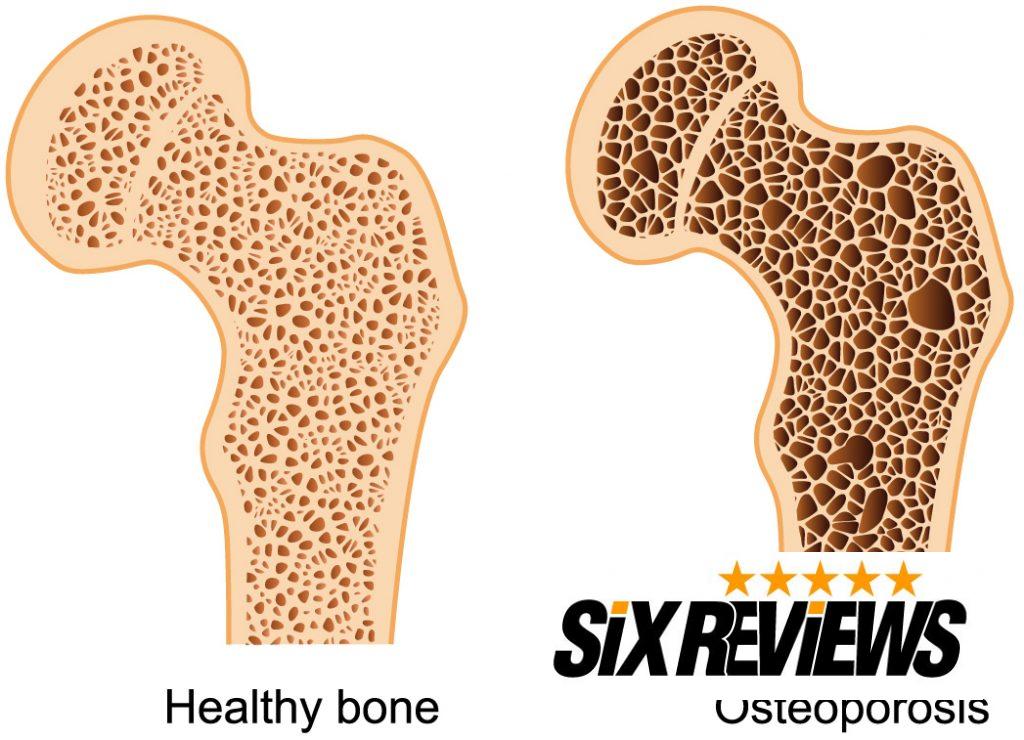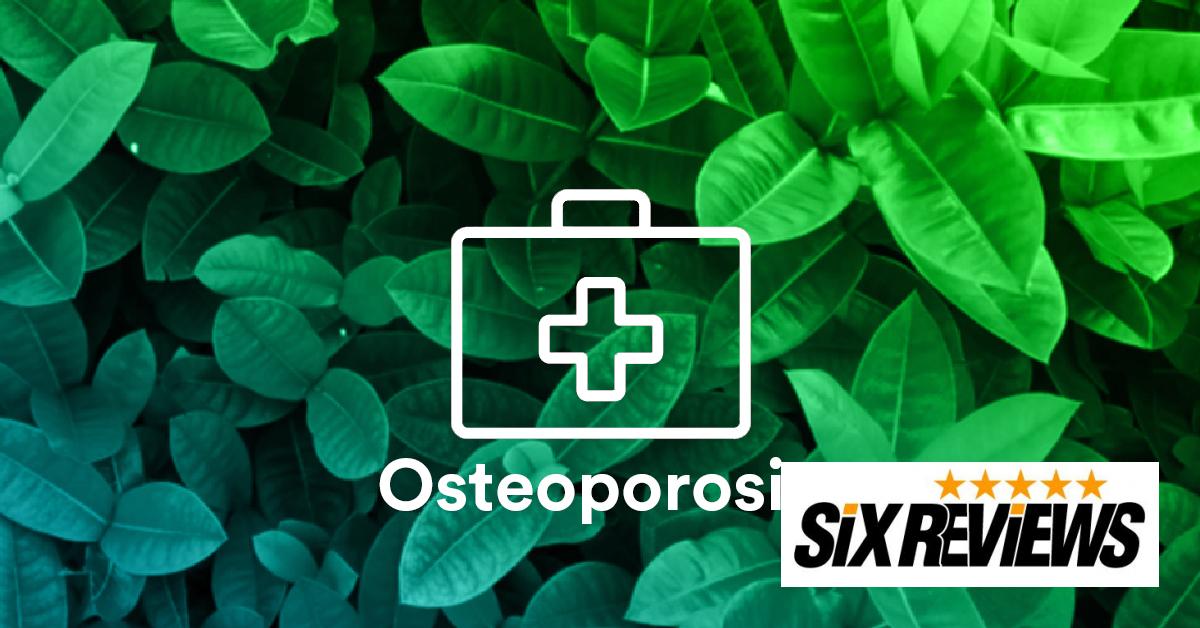Sometimes referred to as the silent illness, osteoporosis is a terrifying medical disease that causes the gradual deterioration of the bones in the body, sometimes leading to fractures and other severe complications. This condition is diagnosed among about 10 million Americans, while some 44 million have lower bone density and are at an elevated risk of developing osteoporosis. [1]
Osteoporosis, sadly, typically does not have obvious signs that are easy to recognize at the beginning. In addition, according to reports, women are four times more likely than men to suffer from osteoporosis[2], so it is vital for them to know of all the early warning signs that, if left unchecked, could develop into something far worse. With this in mind, in our tutorial, we’ll address all the relevant questions about osteoporosis.
What Causes It?
Bones regenerate all the time while a person is healthy, as old broken-down bone cells are substituted by new ones. This remodeling method removes almost 100% of the skeleton at a rate of around 10% each year. [2] After around 20 years, this development of bone mass reaches a plateau and then decays steadily overcomes the regeneration rate. Many who experience osteoporosis are more likely, due to lifestyle, diet, and biology, to have had less bone mass development in their childhood.
Risk Factors

There are several risk factors for osteoporosis that are classified into subcategories, according to the Mayo Clinic, and they include:[4]
Unavoidable Risks
Some risks for developing osteoporosis are unavoidable, including:
– Sex: Females are more likely.
– Age: Old Age.
– Race: Caucasians and Asians are at a greater risk
– Size: Being smaller means you have less bone mass
– Medical History: Family with the condition is a risk factor
Diet
In relation to diet, osteoporosis occurs most frequently in persons with:
– Poor calcium intake: Low calcium intake for several years lowers bone density and induces early weakening of bone.
– Gastrointestinal surgery: weight loss surgery or GI conditions tend to restrict the nutrient absorbing surface area.
– Eating disorders: being underweight and cutting food consumption dramatically rapidly tends to damage the bones.
Lifestyle
With the following activities, the risk of developing osteoporosis is increased:
– Smoking: The precise mechanism is unknown, but weakened bones are caused by cigarette use.
– Alcohol: By drinking two or more alcoholic drinks a day, the chance of developing osteoporosis is often raised.
– Sedentary Lifestyle: While bone stability and strength are encouraged by weight-focused workouts and other sports, sitting and lack of activity raise the risk of developing osteoporosis.
Hormone Levels

– Thyroid problems: an overactive thyroid gland or too much underactive thyroid medicine may cause bone damage. Osteoporosis is also concerned with adrenal and parathyroid glands that are overactive.
– Sex hormones: bone loss is also associated with lower development in women during menopause of sex hormones such as estrogen.
Steroids and different medications
Corticosteroid drugs in injected or oral form, such as cortisone, cause bone regeneration complications if administered long enough. When you take drugs, you are also at risk for:
– Gastric reflux
– Cancer
– Transplant rejection
– Seizures
Medical Conditions
There is a connection between the disease and certain medical conditions:
– IBS
– Celiac disease,
– Chron’s disease
– Cancer and lupus
– Rheumatoid arthritis
– Liver or kidney disease
– Blood or bone marrow cancer (multiple myeloma)
Common Symptoms
Sadly, you can be sure that the disease is at an advanced stage when signs begin to show. You should watch out, however, for the following signs and warnings:
– Frequent pain in your back caused by a vertebra that pinches your nerves
– The slow loss of height
– Painful bones in your neck and back
– Sudden and unexpected bone fractures
How to Prevent Osteoporosis Fractures?
The largest risk that it can create when you slip is osteoporosis of the spine and hip fractures. An accident like that will lead to disabilities or death. Worse still, even without crashing, you can snap your spine if your bones are fragile enough.
Don’t wait to speak to the doctor if you think you’re at risk. Besides looking at your vitamin D and calcium levels, your doctor may prescribe a test to determine bone density. With that said, adding nutrients to your diet, as well as consuming fortified items and several leafy greens, may be wise.
Medications to reduce and reinforce bone deterioration can also be prescribed to you by a doctor, although this may take time. You should ask about hiring a trainer to teach you useful workouts whilst you are waiting.

